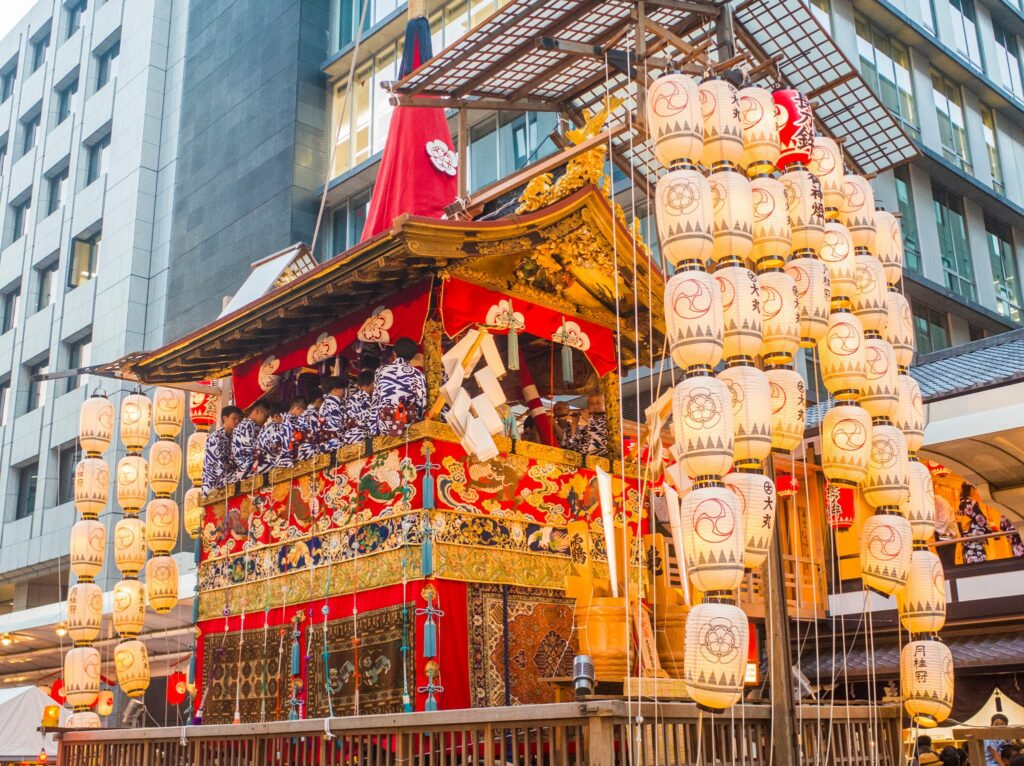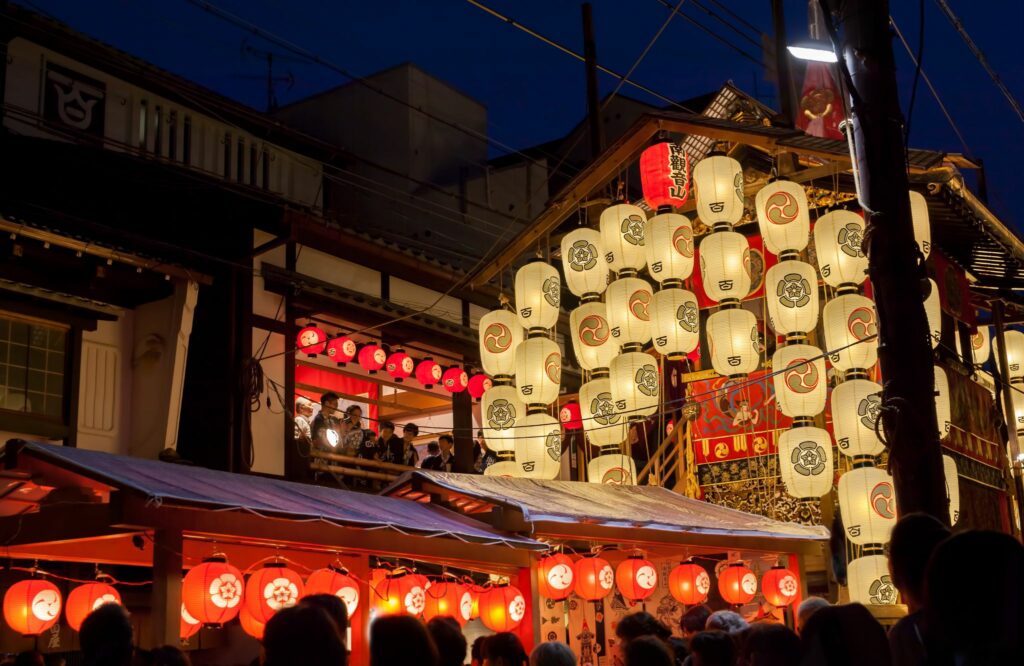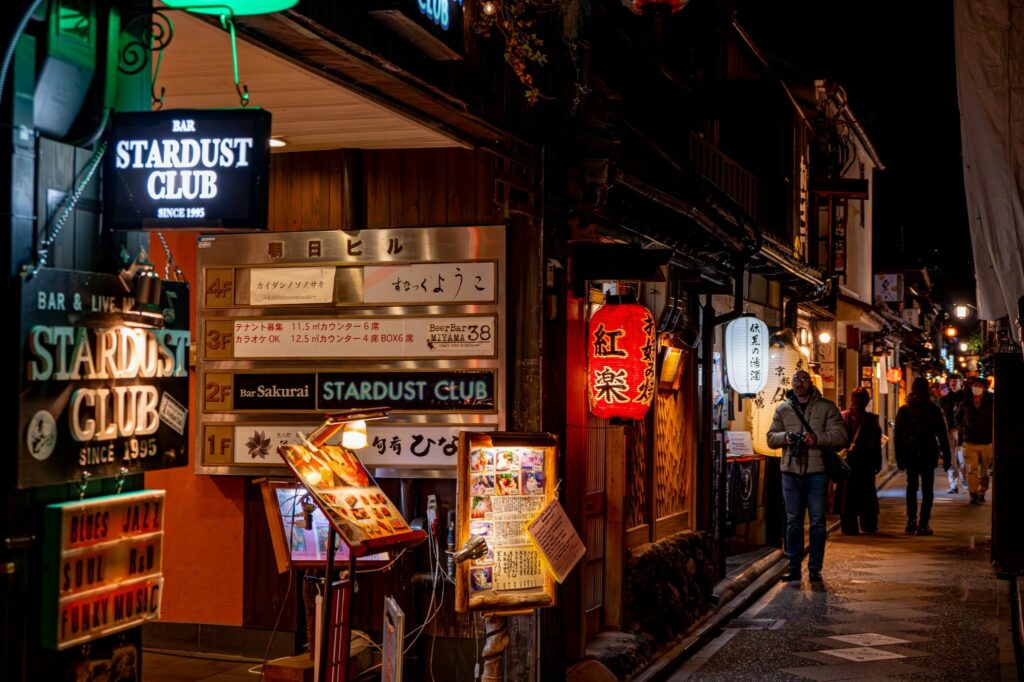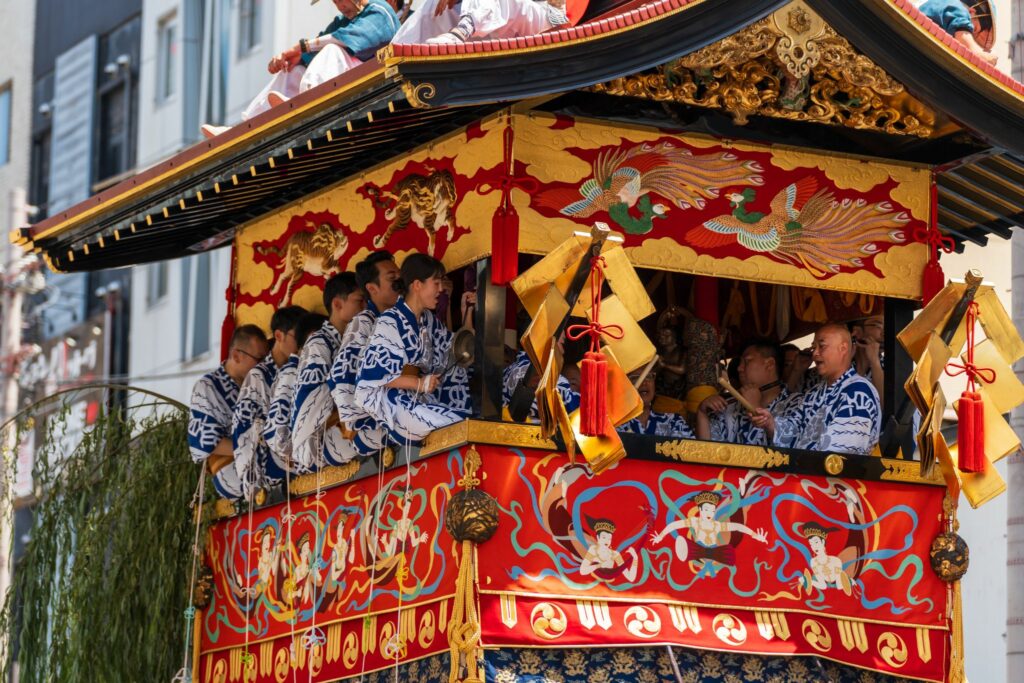
Gion Matsuri Festival
If you’ve ever dreamed of visiting Japan, July offers a unique reason to go - the world-famous Gion Matsuri festival, which takes place throughout the entire month in Kyoto. Explore the historic city as the streets fill with local food, parades of lanterns, and the processions of traditional, beautiful floats.
Background
Gion Matsuri is one of the three greatest festivals in Japan, alongside Tenjin Matsuri and Kanda Matsuri, with its origins tracing back to 869 when Kyoto was still the capital. Most stunningly, the event features a procession of Yamahokos on July 17th, followed by a second, smaller procession on the 24th.
Despite its name, many main festivities of Gion Matsuri don’t occur in the Gion district; rather, they take place on the other side of the Kamo River.
 Gion Matsuri
Gion Matsuri
The Floats
In total, 34 floats are utilized during the festival, showcasing 23 at the Early Festival Yamahoko Junko (17th July) and the remaining 11 during the Latter Festival Yamahoko Junko (24th July). These floats take a guided three-kilometer route across Shijo, Kawaramachi, and Oike streets, with stunning viewpoints available along the path.
The floats are categorized into 23 Yama floats and 10 Hoko floats, with the Hoko floats reaching heights of up to 25 feet and weighing up to 12 tons! Each float is linked to a historical or mythological story, adding depth to the viewing experience.
Though less known, three portable shrines (mikoshi) are paraded on the night of July 17th, transporting deities from Yasaka Jinja to Otabisho in downtown Kyoto, where they remain until the 24th. This mikoshi procession is the heart of Gion Matsuri, symbolizing the arrival of divine spirits to bless and protect the city.
 Mikoshi
Mikoshi
Traditions
Continuing the tradition, a young boy is selected to ride atop the Naginatahoko float, acting as a sacred messenger to the gods, starting from July 13th until the parade concludes on July 17th.
Yoiyama (Night Parties)
Each parade is prefaced by three nights of celebration (July 14-16 and July 21-23), during which visitors can explore the parked floats across various locations. On these nights, the streets are bustling with food and drink vendors, offering delightful Kyoto specialties such as yatsuhashi and kakigori. Additionally, visitors can purchase chimaki, good luck charms associated with the floats.
For an immersive cultural experience, many locals invite tourists to wear yukatas, traditional garments during the festival. Renting a yukata and learning how to wear it respectfully enhances the festive atmosphere.
 Yukata
Yukata
Avoiding the Crowds
As it’s one of Japan’s most renowned festivals, anticipate considerable crowds. To avoid heavy traffic, consider visiting the floats in the afternoon, as evenings attract more visitors drawn to the illuminated lanterns.
If you wish to escape the hustle, Maruyama Park provides a serene retreat only a short walk away, perfect for a quiet snack and rest.
Haroun, a spokesperson from JR Pass, shares advice for a successful Gion Matsuri experience: “Gion Matsuri is one of the most popular festivals in Japan, so planning ahead is essential. We advise booking accommodations close to the Shijo and Karasuma districts for easy access to major events.”
“It’s crucial to prepare for large crowds and the warm summer weather. Arriving early secures good viewing spots for the parades, and don’t forget to stay hydrated and take breaks in the shade.”
“To experience the festival like a local, wear a yukata and visit the food stalls to sample regional specialties and purchase chimaki from the floats in the neighborhood. Lastly, don’t forget to explore the rest of Kyoto while you’re there! While the festival is stunning, it’s also a chance to discover all that the city offers.”
